Current UX Trends to Pay Attention To This Year
For those of you that don't know, UX means user experience. User experience consideration is a must when you want to compete in the market. Below are some of the top trends to help you get started.
1. Designing for Voice Search
Whether people use Alexa, Siri or one of the voice-activated assistants, if you aren't designing for voice search - start now.
In 2017, 35.6 million people used a voice-activated assistant at least once per month. As these assistants become more common, people are using them more and more.
To help users understand designs without interfaces, designers are working on getting rid of friction points. If your company doesn't have the ability to use voice yet, this is something you should look into as an improvement for your mobile experience.
You have to make decisions on how much of the process the users will be able to go through using their voice. Do you want them to go through the whole process with their voice or only of it? How do you transition from voice without being abrupt?
Make sure you understand the flow before you start designing for voice search or your site may experience a lot of abandonment.
2. The Frameless Experience
The frameless experience was once a laughable topic to consumers. Now they pull out their iPhone X or Galaxy S8 and - BOOM - no frame!
When you're designing your content, you know not everyone is going to have a frameless experience. While not everyone will have a frameless experience, you want to design for the people that do. Take advantage of the space and ability to serve high-quality photos and videos.
3. Augmented Reality Is Here
Augmented reality isn't just for video gamers. There are many real-life applications for augmented reality. Whether that is using an app to remodel or to see what a retail product looks like online.
If you've dismissed augmented reality in your design, it may be time to revisit and see if there are ways you can use it to help the user experience.
One thing you should know is that augmented reality and virtual reality are not the same things. Augmented reality brings helpful elements into the real world to help you through your experience. Virtual reality, on the other hand, brings you into a totally different and virtual world that shuts out the real world.
Besides selling products and entertainment, augmented reality can help with many other projects. Designing, developing and training are just a few other places that you can use augmented reality in your design experience.
If you find yourself struggling with communication, adding augmented reality can help you drive your point home.
4. Design With Emotion In Mind
When people interact with others or do anything, there is always some sort of emotion. When you design with emotion in mind, you're going to get a much better response to your design.
If your company has chatbots or other AI that interacts with your customers or potential customers, think about adding emotion. Adding emotion and personality to your AI can help you increase your conversions.
Your customers want to both express their emotions and experience emotions when interacting with your company. Keep this in mind through the entire process as you're designing each part of your website.
5. Speedier Browsers
Browsers like Mozilla are speeding up their abilities. Mozilla's compiler is now ten to fifteen times faster than before.
Even though website browsers are speeding up, if your website doesn't focus on speed, it isn't going to do a lot for the user. You need to think about how to make your website faster without compromising the quality of the content and structure of your website.
6. Variable Fonts
Depending on the device that you view a website, the content may be legible or it may be difficult to read. Most of us think about fonts as a static part of a website. Now variable fonts are changing our thought on fonts.
Fonts matter for UX. The reason fonts matter so much for UX is because they make the content either readable or not. Besides making the content legible, the right font can also make reading enjoyable.
Choosing to use variable fonts will allow you to give users on different platforms the best user experience. When you use variable fonts, the font file is a single file that acts like multiple fonts.
Depending on what you want for your website, the font file could have hundreds or even thousands of fonts. The changes you might see from one variation to the other may be very small, but even so, they make a major difference when put together.
Variable fonts take response design to another level. While the text is one of the major problems when you look at a responsive website, variable fonts will allow your site to show up the best way possible and be easy to read for people on all types of devices.
7. UX Writing
While video is very important and you should make sure you use best practices with video, a large percentage of the web is the written word. UX writing wasn't even on most people's radar until recently.
If you look at most websites, there are at least a few pages that are confusing and difficult to understand by the everyday reader. When your potential clients come to your website, they shouldn't be confused by what they read on your website.
When there are words on your website, they should perform an action. They should be doing work and paying for themselves. Much of what you see on websites does not in any way contribute to the user experience but instead is holding space.
As you think about UX writing, you should consider the user's feelings and state of mind when they visit your site. Depending on the way the user is feeling, they may or may not have time to read long text. If they are reading casually, content that takes a long time to read won't be a problem but if they are in a hurry you need to get to the point and get them on their way.
UX writing isn't only about writing. UX writing is about understanding who is reading the content and how to be useful to that person. If you already have content on your site, you a UX editor might be exactly what you need.
8. Personalization
Companies understand how important it is to personalize ads to their target audience, but what else needs to take place? How can you continue to offer and improve personalization that serves the client?
Customization and personalization are not the same. Many companies get confused between customization and personalization. While customization is helpful, it isn't as powerful as personalization.
Customization is when the user makes their experience custom. Personalization is when you make the user experience custom without them having to do anything.
There are various levels of personalization you can do. You experience personalization every day, but since you're so used to it, you might not even think about it. Some of the common personalizations are as follows:
- Related Content on Video Sites
- Similar Products for Sale
- You Might Know Recommendation on Social Media
- Articles You Might Enjoy
- Notifications About Important Events
Ways to Win at Personalization
When you work with someone like personalization, it can be a little tricky. What if you don't have the information that you need to personalize their experience?
Before the user gets into your site, ask for the piece of information before they get started. You can even say something like, "So we can better help you, please enter any important dates to remember this year" or "So we can better personalize your experience, please enter the name you'd like us to use."
Before you go too far, you should get to know your users. Find out what they like and value. Learn how your content helps them and what you can do to make things better.
Document any trends you see in your customers. You can put users into segments so you can market to them even better and more personalized.
9. Microinteractions
When people use a website, they usually don't think of all of the things that go into making their experience great. When you're a UX designer, you see every little element, and it is your job to find out how to make it even better.
In a competitive marketplace, you need to get any little edge you possibly can get. One of the things many people overlook is the microinteractions, but savvy companies are getting on board.
When you're looking for microinteractions to add to your site, they need to respond quickly. If a chat box pops up and you want to have a dig happen, you need to make sure that ding happens within less than a second.
When you are thinking of microinteractions to use, design something that is going to work over the long-term. You want to create a repetitive theme, and if the theme is annoying, your users are going to run from your site vs. being happy they found it.
10. Gamification Redesigned
If you think gamification is played out, you may not pass go and collect $200. While people did abuse gamification, when you use gamification properly, it can be a very powerful tool.
Your company doesn't have to use some sort of gimmicky trick on its users to get their attention. Think about some of your favorite apps and why you like them.
You may have a fitness app that gives you a check mark or other reward for showing up. Many apps give you badges for showing up each day. When your business can figure out how to create a habit and get people coming back for more, you're in a great place.
How to Choose What to Implement First?
Now that you have so many ideas rolling around for your UX, it might seem a little overwhelming. The good news is that there are a few things you can do to decide which UX idea to implement first.
One of the biggest things you should pay attention to is what change will enhance the user experience the most? While microinteractions might seem like something fun to play with, UX writing might give the most bang for your buck because it clears up the communication between your company and the client.
You should also look at which changes you can make at the same time. While you're working on your UX writing, you can also work on UX editing to better previous website text.
Ready for More Wins Online?
Once your website is together after updating based on UX trends and you've created an amazing experience, you need to start promoting. There are many ways to promote your website, but you need to find out what the best way for your brand is.
Some people find social media is the best way to get the word out. Other brands love using their blog to bring in more customers.
If you're on board with Instagram, our article can help you win. Read our article about mistakes you may be making on Instagram. Learn how to avoid these common mistakes and get the best results out of Instagram.


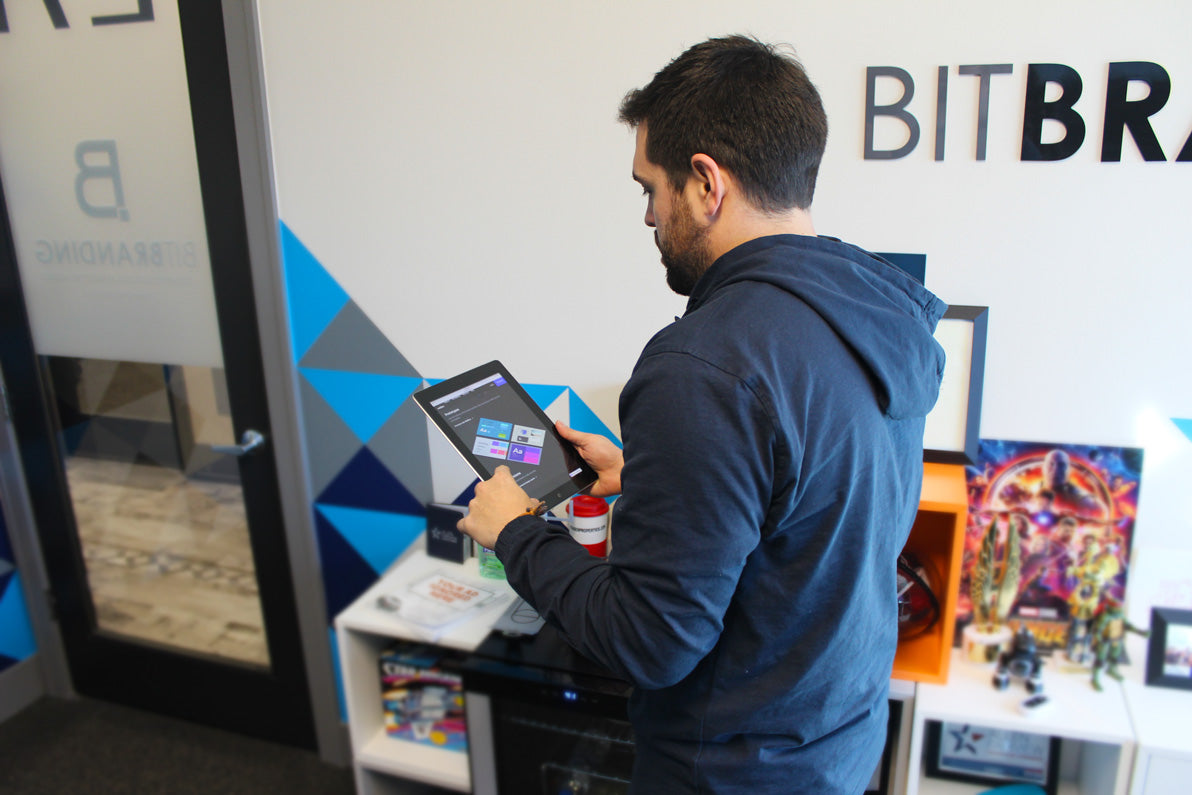
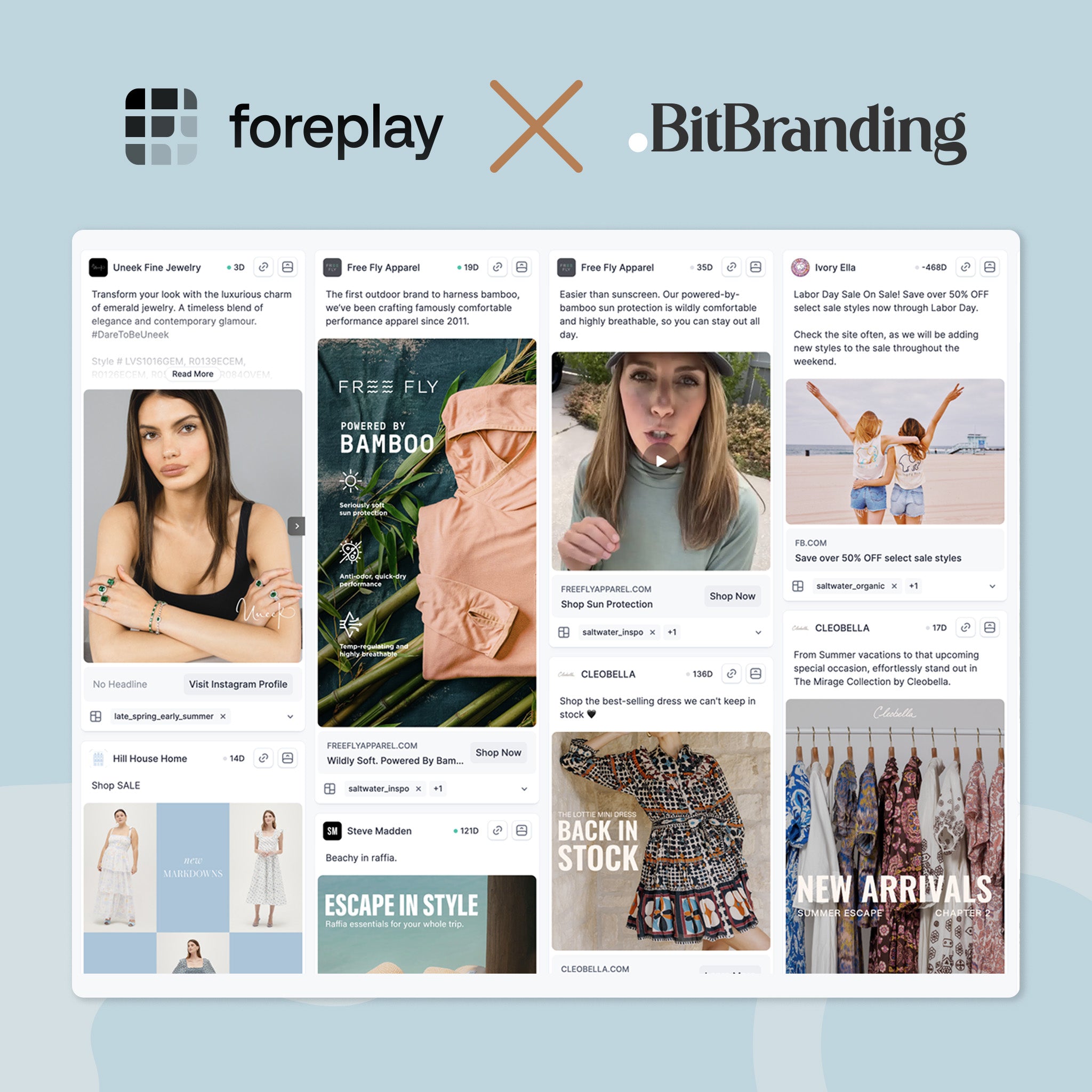

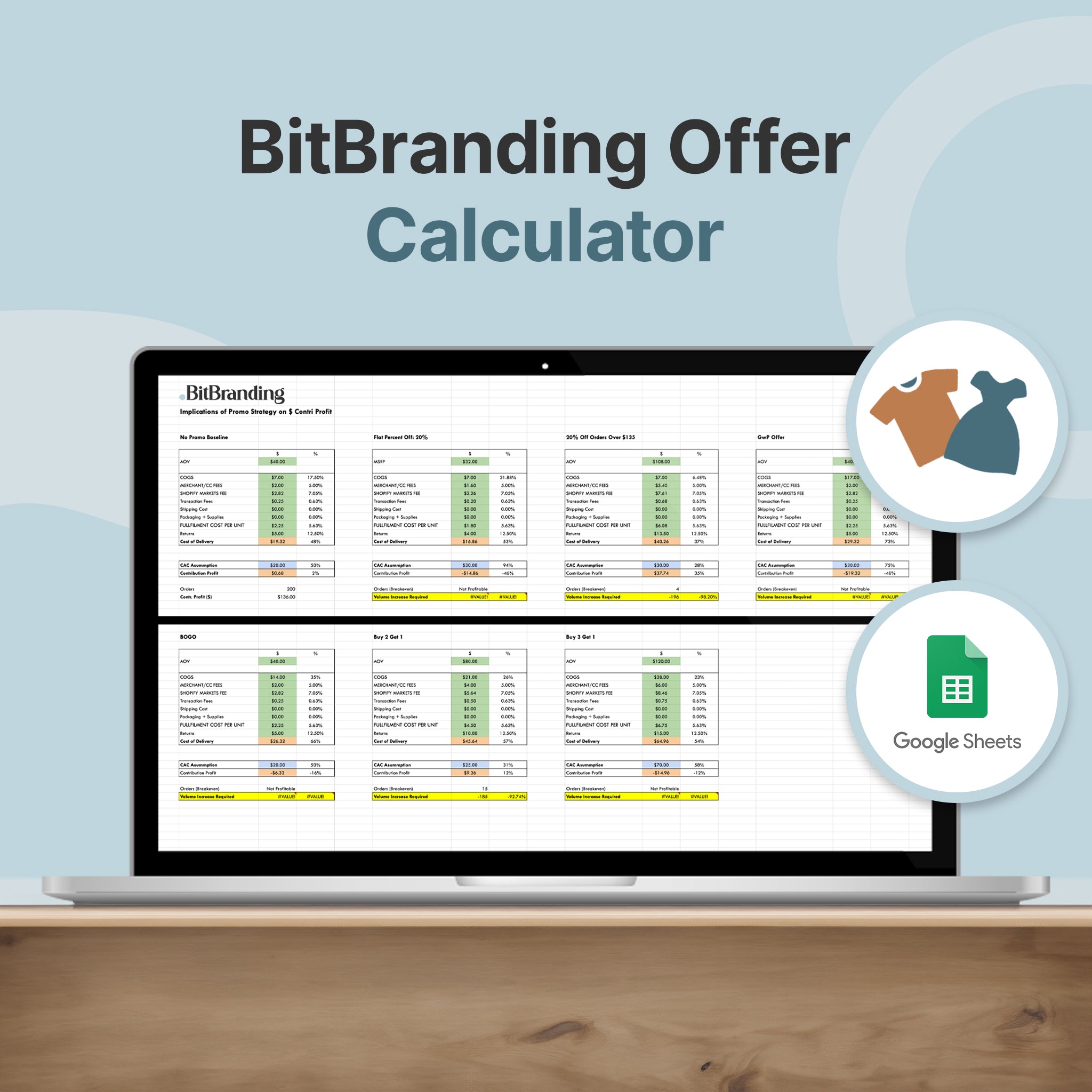
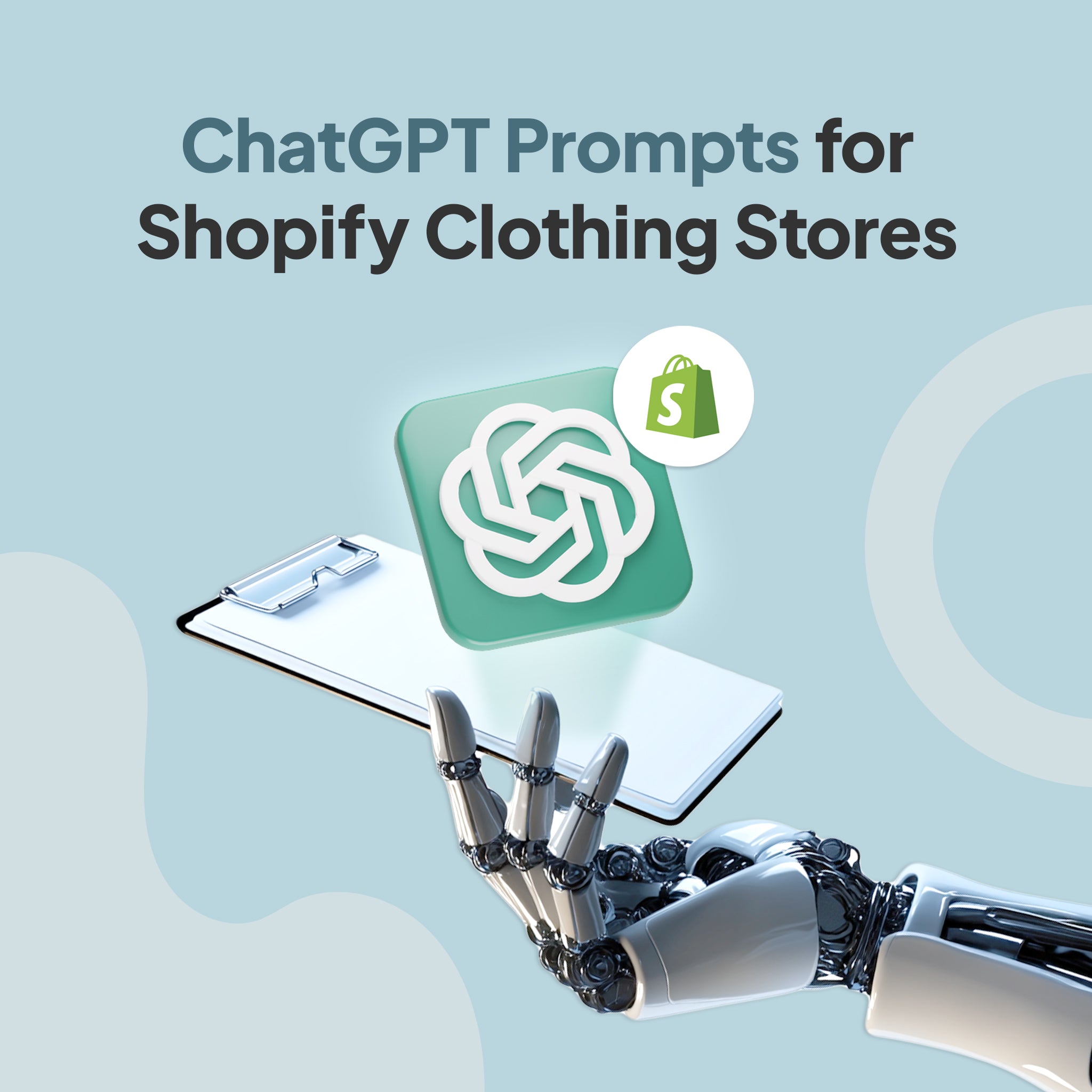



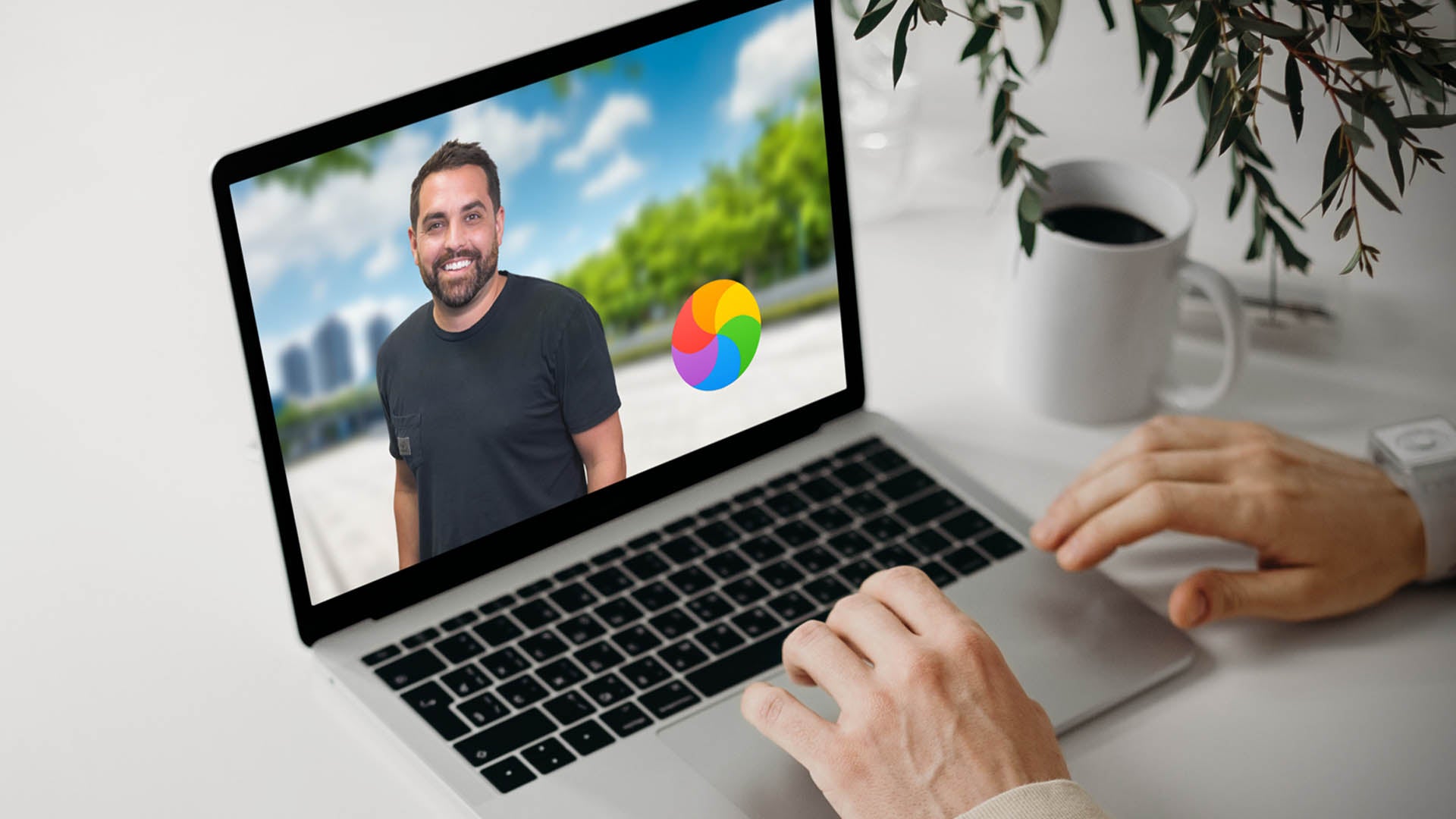
Share:
How to Market to Millennials in 2019
Ads for the Gram: A Marketer's Guide to Advertising on Instagram